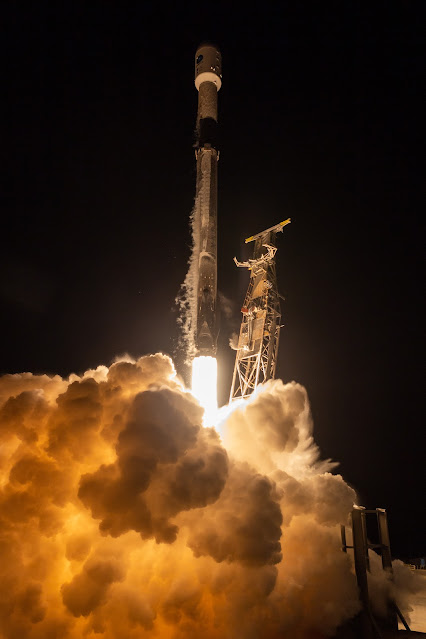Jupiter's Ocean Moon Europa Close-Up | NASA Juno Mission
The surface of Jupiter's moon Europa is shown in an image from the JunoCam color public engagement camera aboard NASA's Juno spacecraft. The data for this image was taken Sept. 29, 2022. During its flybys in the late 1990s and 2000, NASA's Galileo mission mapped much of Jupiter's moon Europa at a resolution of 0.6 miles per pixel (1 kilometer per pixel) or better, but there are some patches that were imaged only at low resolution. Images from JunoCam have now filled in one of those regions, shown here. Cracks, ridges, and bands show up clearly, and can be visually traced across images to match up to the cracks and ridges that appear in the earlier Galileo images. The way these features crosscut the surface can reveal which sections of the terrain are younger and which are older, helping scientists to fill in Europa's tectonic history. Paul Schenk processed the images.
Scientists think Europa’s ice shell is 10 to 15 miles (15 to 25 kilometers) thick, floating on an ocean 40 to 100 miles (60 to 150 kilometers) deep. So while Europa is only one-fourth the diameter of Earth, its ocean may contain twice as much water as all of Earth’s oceans combined. Europa’s vast and unfathomably deep ocean is widely considered the most promising place to look for life beyond Earth. A passing spacecraft might even be able to sample Europa’s ocean without landing on the moon’s surface because it is possible that Europa’s ocean may be leaking out into space.
https://solarsystem.nasa.gov/moons/jupiter-moons/europa/overview/
NASA’s Jet Propulsion Laboratory, a division of Caltech in Pasadena, California, manages the Juno mission for the principal investigator, Scott J. Bolton, of the Southwest Research Institute in San Antonio. Juno is part of NASA’s New Frontiers Program, which is managed at NASA’s Marshall Space Flight Center in Huntsville, Alabama, for the agency’s Science Mission Directorate in Washington. Lockheed Martin Space in Denver built and operates the spacecraft.
JunoCam’s raw images are available for the public to peruse and process into image products at:
https://missionjuno.swri.edu/junocam/processing
More information about NASA citizen science can be found at:
https://science.nasa.gov/citizenscience
More information about Juno is available at:
and
https://www.missionjuno.swri.edu
Credits:
Image Data: NASA/JPL-Caltech/SwRI/MSSS
Image Processing by Paul Schenk
Image Date: Sept. 29, 2022
Release Date: Dec. 14, 2022
#NASA #Astronomy #Space #Science #Jupiter #Planet #Europa #Moon #Ocean #Astrobiology #Biosignatures #Habitability #Radiation #Juno #Spacecraft #JunoCam #LockheedMartin #SolarSystem #Exploration #JPL #MSFC #UnitedStates #CitizenScience #STEM #Education









V1.jpg)
V2.jpg)
V3.jpg)









.jpg)








.jpg)









